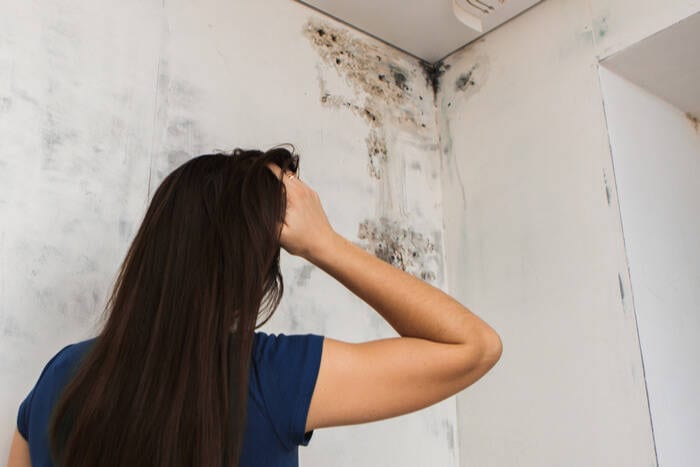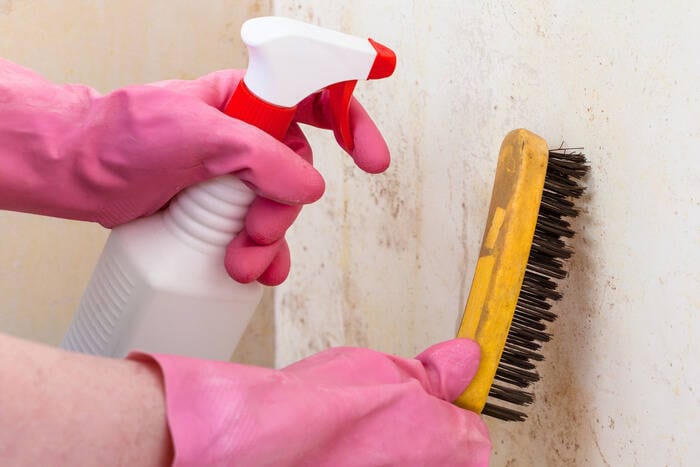So What About Mold?
If there is one thing to tell you about mold, it is that it loves moisture. Exposure to natural elements can cause moisture problems that can in turn lead to mold. If moisture is present due to a leak or it seeps into a surface like wood, mold can grow easily. Mold can therefore become present in log cabins for this reason.

So What About Condensation?
Log cabins are created from a natural product, in the wood and timbers used. Depending on the treatment that has been used on the wood, these timbers can naturally increase and decrease in size throughout the seasons. This is also dependent on the climate; as the climate around it changes, the moisture in the cabin changes. Think about when you are at home on a cold day. The outside is cold, but you have built up the warmth inside and condensation can easily occur on the windows. It is just the same for a cabin and can leave you with moist internal walls.
How Can We Solve This?
An easy answer is to apply a treatment to the inside of your building. People often treat the outside of their building, valuing its importance. They can see this keeps it is good condition. However when it comes to the inside of the building, they never ever consider it. Treating both the inside and outside of your timber building actually balances the timbers out effectively. This avoids the moisture in the timber moving around and keeps it even.

When a timber building heats up with the external temperature, water on the inside of the wood warms up and is keen to escape. If the only way for it to do that is to be released inside, that’s what it will do. Now it is easy to see how condensation appears on the walls or roof of your building.
Moisture is a big problem with wood and can cause big issues in wooden roofing. Shingles, metal roofing and EPDM are all great roofing materials. However, when using this on a log cabin, it is essential that the roof is built properly to a high standard. If it is done effectively you could easily find off-roof leaks.
Treat Your Mold
First of all, remove the mold. It sounds obvious, but it is an important starting point. Most people do this with bleach, which is fine but it does have a water base. Therefore, ensure it dries over a one or two day period or it can cause other issues. Apply bottom to top with your logs to avoid permanent streaking that leaves an unpleasant finish. If you plan to use a different treatment, just double and triple check it can definitely be used on wood.

Of course, cleaning the wood will have no effect at all if you do not take further steps to prevent the mold coming back. Once it has been removed, and the wood cleaned and fully dried, it is time to treat it. Use a high quality wood treatment to seal the wood. This will be a long-term solution to preventing the return of mold. Your aim is avoid it ever coming back. This will keep your wood in great condition.
Got a question? Get in touch with Eric: [email protected] 











